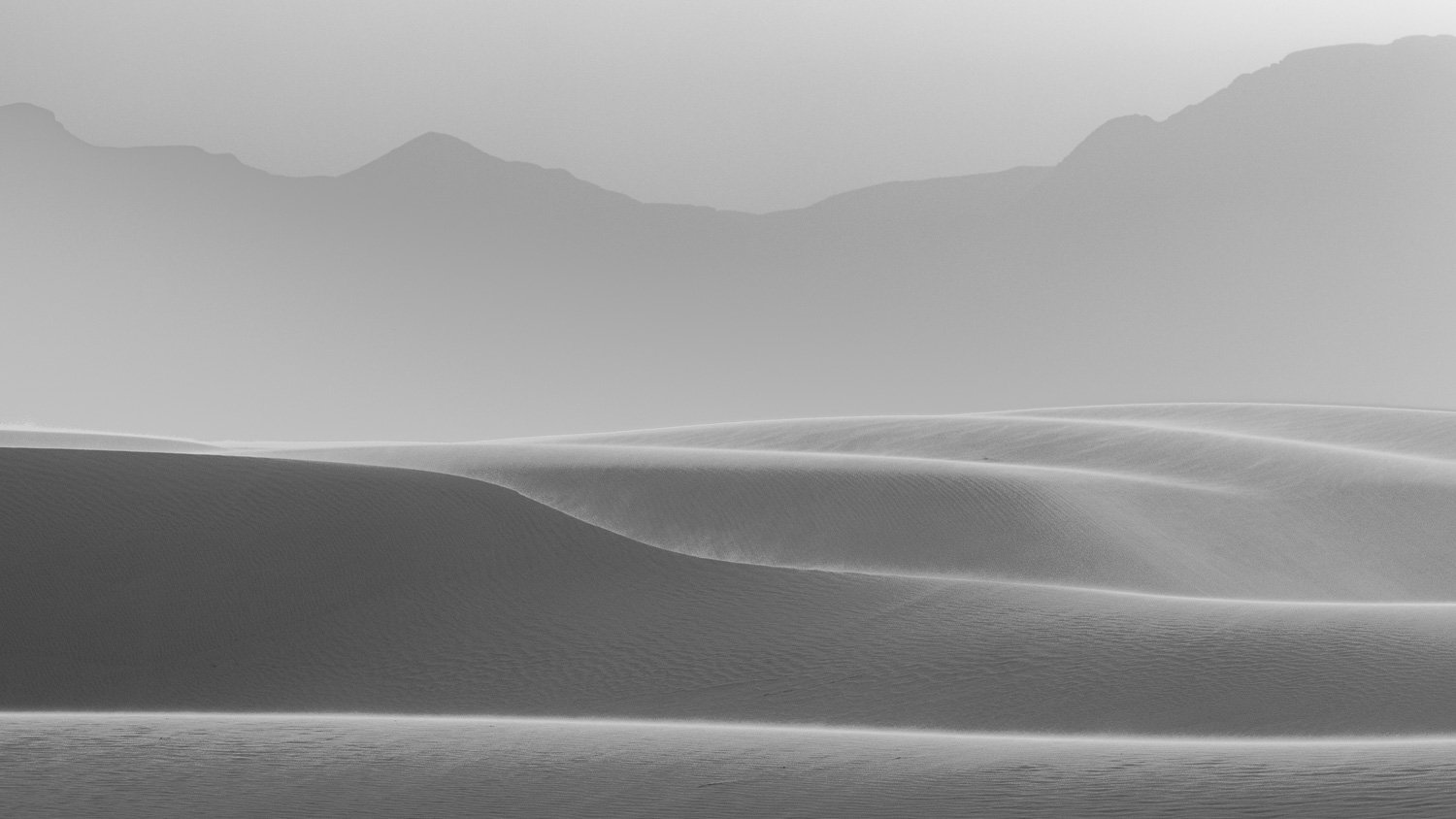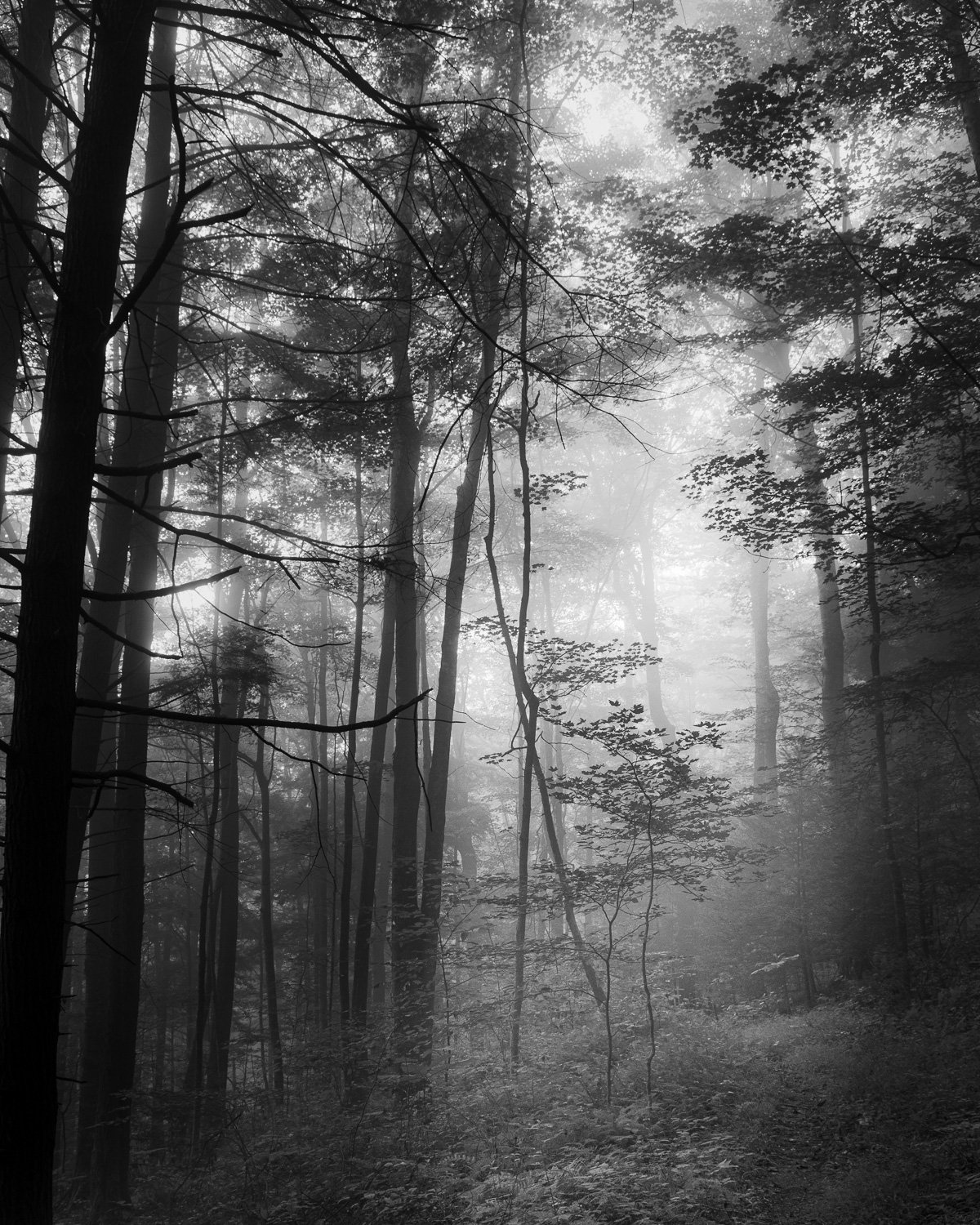I’ve shared some verse before of Joy Harjo, the first Native person to serve as the U.S. Poet Laureate and is in her second term. Here are excerpts from two poems from her 2015 book Conflict Resolution for Holy Beings. Accompanied by (with one exception) images from the southeast U.S. where her Muscogee (Creek or Mvskokvlke) people lived.
Big South Fork National River and Recreation Area, Kentucky
Forever (a song)
In the night of memory
There is a mist
In the mist is a house.
It’s the heart where we lived.
. . . .
East Rim Overlook, Big South Fork NRRA
Once I was broken by time.
There was no house in the mist.
I lost sunrise. I lost your fire against mine.
A country was falling and falling.
. . . .
Newfound Gap, Great Smoky Mountains National Park
I crossed time to the house in the mist.
It is not any house; it’s the heart where we live.
. . . .
from Forever (a song), Joy Harjo in Conflict Resolution for Holy Beings, 2015
(the link is to the entire poem)
And now, excerpts from Surfing Canoes
White Sands National Park, New Mexico
We’ve felt the winds surf the waves
Alongside the canoe
This is where joy lives
Pisgah National Forest, North Carolina
This moment of earth breath
Lifting up with us
Letting us go with us
. . . .
From, Surfing Canoes, Joy Harjo in Conflict Resolution for Holy Beings, 2015
Cumberland Trail, Obed National Wild and Scenic River, Tennessee
One more image, and bit about history. I’ve driven I-75 near Macon, Georgia dozens of times on trips between Florida and Illinois. A couple years ago, for the first time I pulled off to visit nearby Ocmulgee National Historic Site and was gob smacked by the ancient mound builder site that is a spiritual location for the Muscogee (Creek) Nation. This week, the National Park Service announced a purchase and donation to double the size of the park. Humans inhabited this area for 17,000 years, and it is the largest archeologic dig in U.S. history. The Muscogee (Creek) lived here until they were removed to Oklahoma in 1826 by the Treaty of Washington.
Great Temple Mound, Ocmulgee National Historic Site, Georgia

























